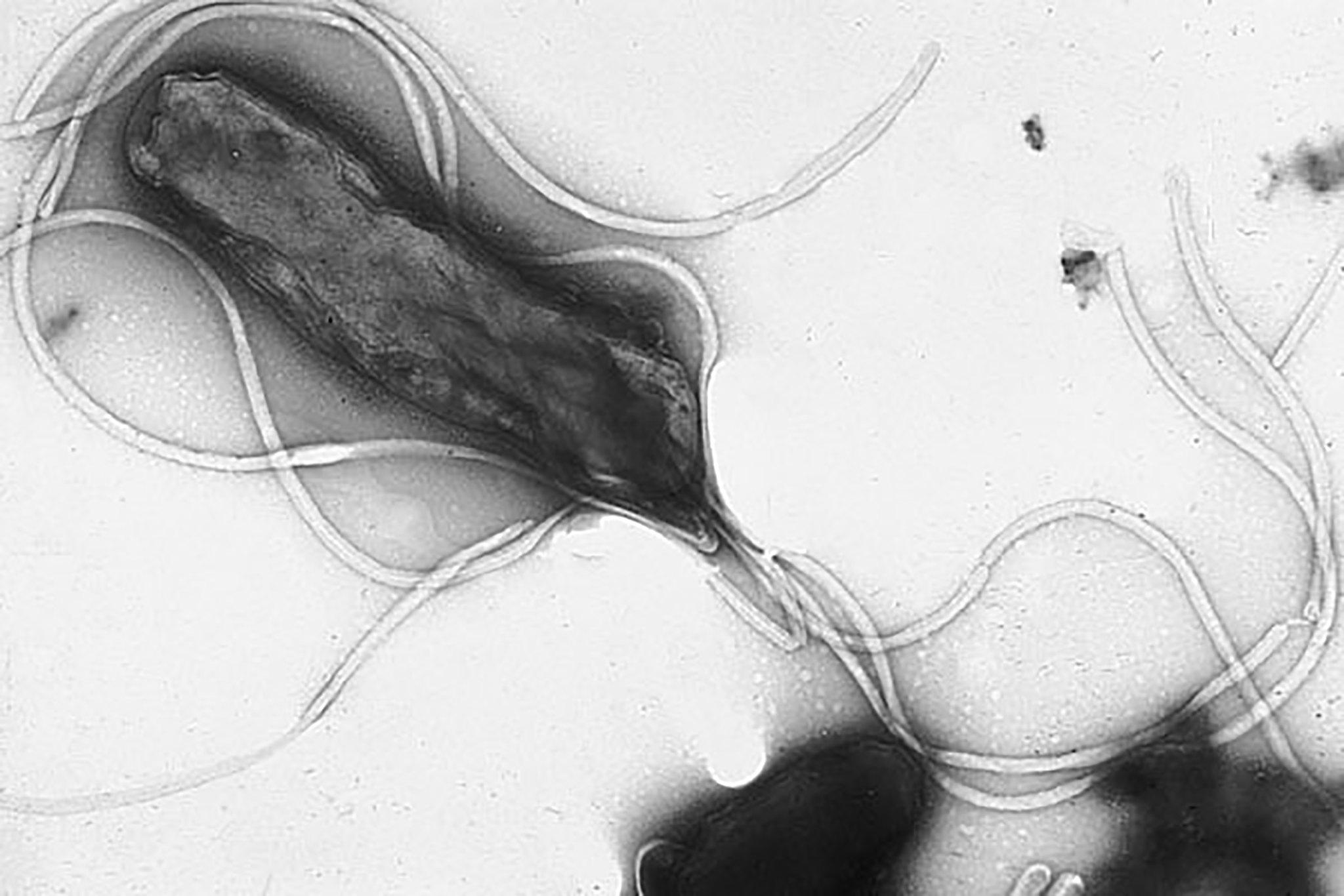
Submitted by Michela Leonardi on Wed, 23/06/2021 - 12:02
Andrea took part in a paper just published in PNAS that, through the analysis of the genetic diversity in Helicobacter pylori, reconstructs the human peopling of Siberia and America.
Yoshan Moodley, Andrea Brunelli, Silvia Ghirotto, Andrey Klyubin, Ayas S. Maady, William Tyne, Zilia Y. Muñoz-Ramirez, Zhemin Zhou, Andrea Manica, Bodo Linz, and Mark Achtman (2021) Helicobacter pylori’s historical journey through Siberia and the Americas PNAS 118 (25) e2015523118
Significance
The peopling of Siberia and the Americas is intriguing for archaeologists, linguists, and human geneticists, but despite significant recent developments, many details remain controversial. Here, we provide insights based on genetic diversity within Helicobacter pylori, a bacterium that infects 50% of all humans. H. pylori strains were collected from across eastern Eurasia and the Americas. Sequence analyses indicated that Siberia contains both anciently diverged and recently admixed bacteria, supporting both human persistence over the last glacial maximum and more recent human recolonization. We inferred a single migration across the Bering land bridge, accompanied by a dramatic reduction in effective population size, followed by bidirectional Holocene gene flow between Asia and the Americas.
Abstract
The gastric bacterium Helicobacter pylori shares a coevolutionary history with humans that predates the out-of-Africa diaspora, and the geographical specificities of H. pylori populations reflect multiple well-known human migrations. We extensively sampled H. pylori from 16 ethnically diverse human populations across Siberia to help resolve whether ancient northern Eurasian populations persisted at high latitudes through the last glacial maximum and the relationships between present-day Siberians and Native Americans. A total of 556 strains were cultivated and genotyped by multilocus sequence typing, and 54 representative draft genomes were sequenced. The genetic diversity across Eurasia and the Americas was structured into three populations: hpAsia2, hpEastAsia, and hpNorthAsia. hpNorthAsia is closely related to the subpopulation hspIndigenousAmericas from Native Americans. Siberian bacteria were structured into five other subpopulations, two of which evolved through a divergence from hpAsia2 and hpNorthAsia, while three originated though Holocene admixture. The presence of both anciently diverged and recently admixed strains across Siberia support both Pleistocene persistence and Holocene recolonization. We also show that hspIndigenousAmericas is endemic in human populations across northern Eurasia. The evolutionary history of hspIndigenousAmericas was reconstructed using approximate Bayesian computation, which showed that it colonized the New World in a single migration event associated with a severe demographic bottleneck followed by low levels of recent admixture across the Bering Strait.
